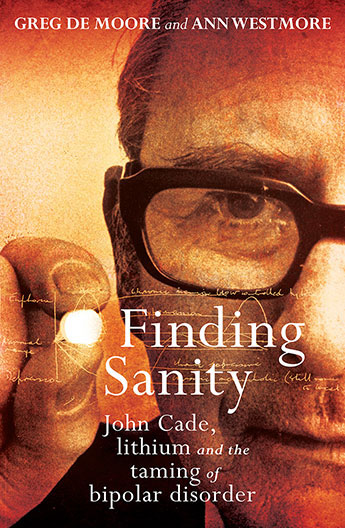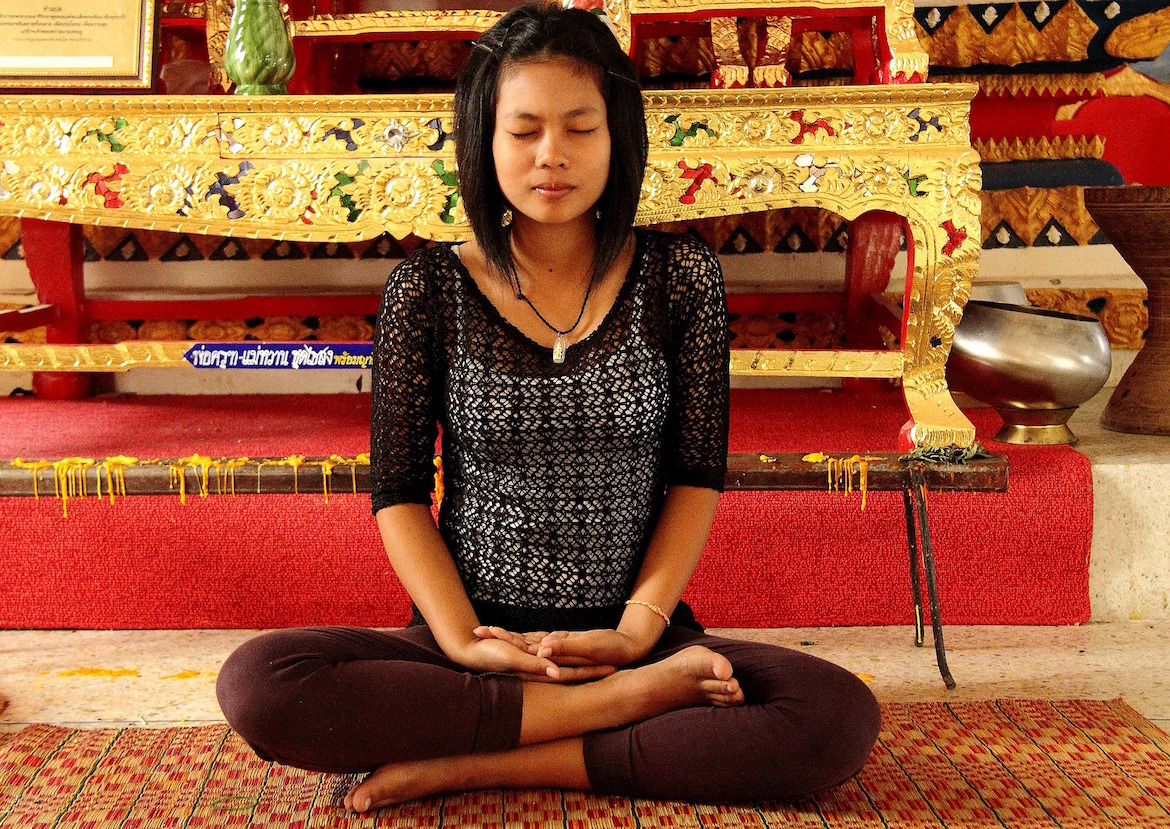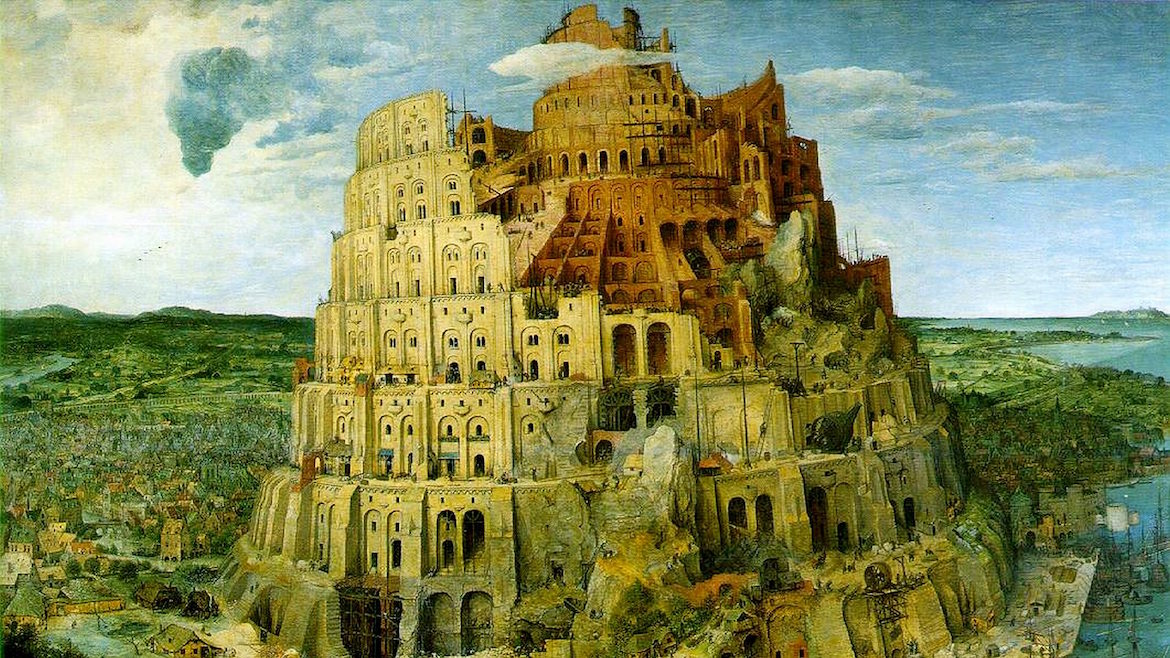Category: Existence
-

Western Influencers Down Through The Ages
GREEKS of ANTIQUITY I had my first taste of philosophy at Armidale Teachers College in 1961. This was one of the options that I chose to study, apart from the more mundane teaching subjects that were mandatory. Miss Margaret Mackie enchanted us with stories of the Delphic oracle, as well as introducing me to a…
-

John Cade and Australia’s Greatest Mental Health Story
John Cade wrote in 1979: “Depressive illness is the most painful illness known to man, equalling or exceeding even the most exquisite physical agony. The patient is inconsolably despairing, often guilt-ridden, having committed, they imagine, unforgiveable sins — completely immersed in the internal world of misery and utter loneliness. There is no pleasure in living,…
-

Walking the Tightrope – Caring for Someone with Depression or Bipolar Disorder
Did you know that one in five Australians will personally experience clinical depression or a bipolar disorder over their lifetime, there are the families, partners, friends and work colleagues who are also drawn into the crisis. Often, it is these people on the perimeter that selflessly reach out to assist those who are living with…
-

New horizons in personal and national goals
New Horizons Those past two weeks had seen me have 2 new artificial lenses put in my eyes: that is, cataract surgery on both eyes; seek digital assistance with making my website better; and assist Labor in Australia’s recent elections, even though I felt they would lose. I was right, but the election was a…
-

Taking Risks in Outer and Inner Journeys
I’ve always been a bit of a risk taker in some ways. [See My Travel Journal: “From Paris to Russia and Back in 1968“]. Different cultures and new landscapes, tasting foreign foods, learning about faraway countries and their languages, have always attracted me. In 1970, on the way back to Australia, I rode on a…
-

Finding peace … going deeper … meditating
What is Meditation? “It’s what happy and successful people do,” I was told, when I first started learning about meditation and how to do it. The Dalai Lama and other Tibetan Buddhists believe that happiness is the actual goal of most people on earth. But we in the West are brought up with the idea…
-

Networking and Emotional Intelligence
Swedish love coach, Carolin Dahlman, gave a presentation to our writers’ group on the idea of networking in order to be published. Most of the large group of writers who attended were hoping to be published one day. Her message was that, in this fast-moving world, we need to self-promote through the internet and other…
-

Statins, Cholesterol and Coronary Heart Disease
I was recently advised by doctors that I should take statins to lower my blood cholesterol reading. The statins lowered my reading quickly to half what it was before. Originally it was 8, then 7 after trialling diet and exercise for a short time, but it went down to 4 when on the drugs. The…
-

Creativity and Mental Illness
I came across Nancy Andreason in 2014 while researching the brain, to assist me in writing the next chapter of my novel-in-progress: about a young gifted boy who suffers a traumatic brain injury. Creativity is also a theme in the novel. Nancy Andreason has spent decades researching the brain and what constitutes creativity; and the…
